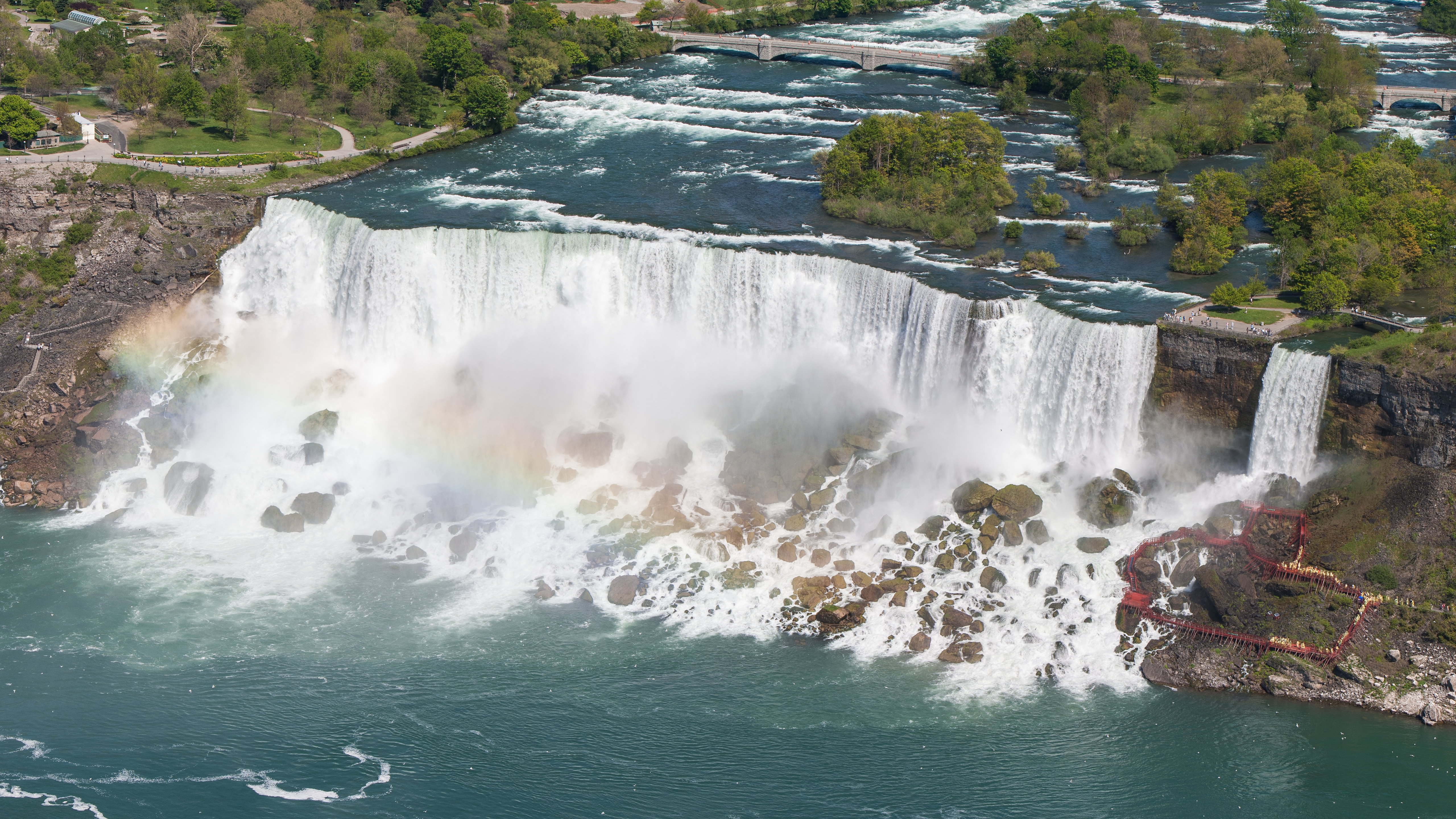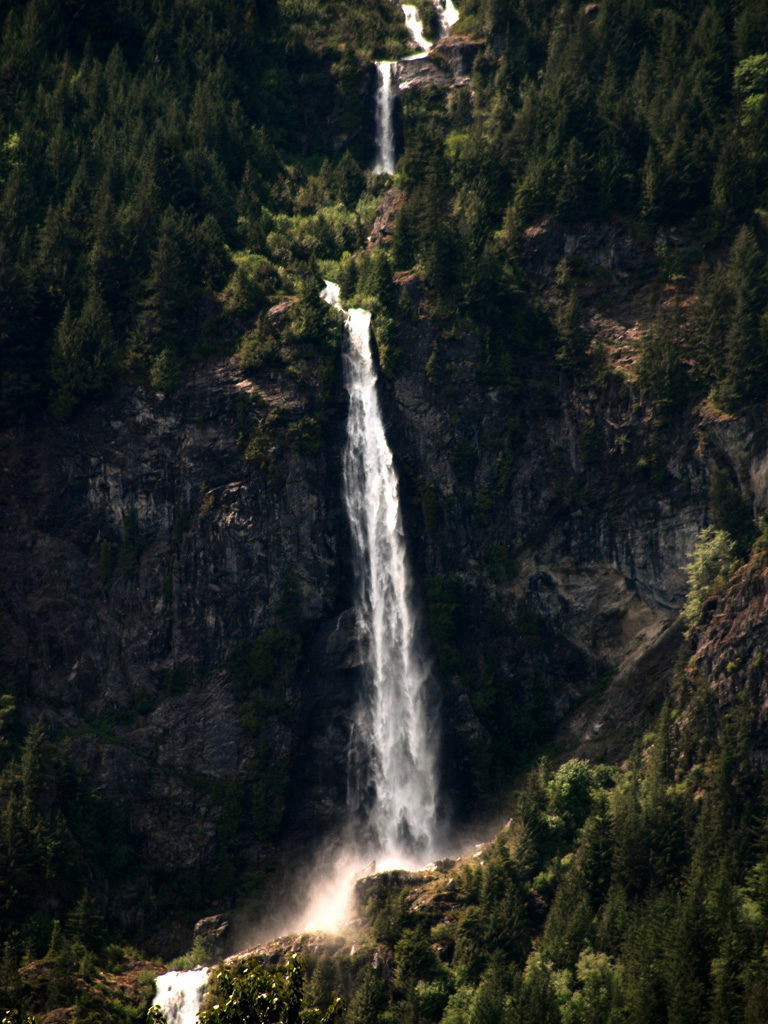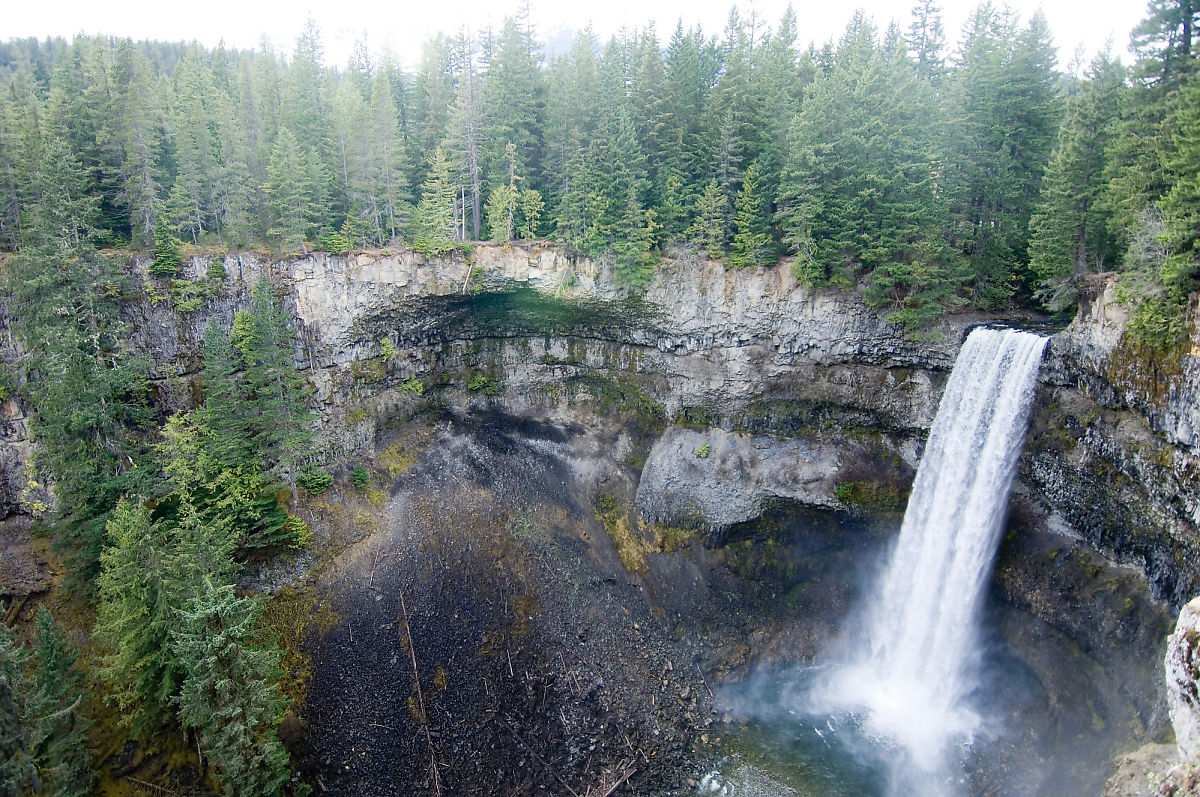|
ChaudiĆØre Falls (ChaudiĆØre River)
ChaudiĆØre Falls (, ) is a waterfall in LĆ©vis, Quebec, along the ChaudiĆØre River. It is part of the regional Parc des Chutes-de-la-ChaudiĆØre, which features a suspension footbridge standing 23 metres over the river. There are walking and bicycle trails along the river. Gallery File:Parc des Chutes-de-la-ChaudiĆØre, LĆ©vis, QuĆ©bec - 2.jpg, View from the top of the ChaudiĆØre Falls File:Parc des Chutes-de-la-ChaudiĆØre, LĆ©vis, QuĆ©bec - footbridge 2.jpg, Footbridge on the ChaudiĆØre River File:Parc des Chutes-de-la-ChaudiĆØre, LĆ©vis, QuĆ©bec.jpg, Walking trail in the park See also *List of waterfalls *List of waterfalls of Canada The following list of waterfalls of Canada include all waterfalls of superlative significance. Tallest waterfalls By overall height , there are 18 confirmed waterfalls with an overall height of at least . By tallest single drop , there are 14 ... References External links * LĆ©vis, Quebec Waterfalls of Quebec Landforms of Ch ... [...More Info...] [...Related Items...] OR: [Wikipedia] [Google] [Baidu] |
Quebec
Quebec is Canada's List of Canadian provinces and territories by area, largest province by area. Located in Central Canada, the province shares borders with the provinces of Ontario to the west, Newfoundland and Labrador to the northeast, New Brunswick to the southeast and a coastal border with the territory of Nunavut. In the south, it shares a border with the United States. Between 1534 and 1763, what is now Quebec was the List of French possessions and colonies, French colony of ''Canada (New France), Canada'' and was the most developed colony in New France. Following the Seven Years' War, ''Canada'' became a Territorial evolution of the British Empire#List of territories that were once a part of the British Empire, British colony, first as the Province of Quebec (1763ā€“1791), Province of Quebec (1763ā€“1791), then Lower Canada (1791ā€“1841), and lastly part of the Province of Canada (1841ā€“1867) as a result of the Lower Canada Rebellion. It was Canadian Confederation, ... [...More Info...] [...Related Items...] OR: [Wikipedia] [Google] [Baidu] |
ChaudiĆØre River
The ChaudiĆØre River (; French for "Cauldron" or "Boiler"; Western Abenaki, Abenaki: Kik8ntekw) is a river with its source near the Lac-MĆ©gantic, Quebec, Town of Lac-MĆ©gantic, in southeast Quebec, Canada. From its source Lake MĆ©gantic in the Estrie region, it runs northwards to flow into the St. Lawrence River opposite Quebec City, Quebec, Quebec City. Geography The river's drainage area is , initially in the Appalachian Mountains, then in the low-lands of the St. Lawrence River, St. Lawrence. It includes 236 lakes covering and is populated by approximately 180,000 inhabitants. Its annual medium flow at the station of Saint-Lambert-de-Lauzon, Quebec, Saint-Lambert-de-Lauzon is , varying from (low water) to (spring high water), with historical maximum of . Its principal tributaries are: *RiviĆØre du Loup (not to be confused with RiviĆØre du Loup in the Bas-Saint-Laurent), also known as the RiviĆØre LiniĆØre *Famine River *Beaurivage River *Bras Saint-Victor The river's ba ... [...More Info...] [...Related Items...] OR: [Wikipedia] [Google] [Baidu] |
Waterfall
A waterfall is any point in a river or stream where water flows over a vertical drop or a series of steep drops. Waterfalls also occur where meltwater drops over the edge of a tabular iceberg or ice shelf. Waterfalls can be formed in several ways, but the most common method of formation is that a river courses over a top layer of resistant bedrock before falling onto softer rock, which erodes faster, leading to an increasingly high fall. Waterfalls have been studied for their impact on species living in and around them. Humans have had a distinct relationship with waterfalls since prehistory, travelling to see them, exploring and naming them. They can present formidable barriers to navigation along rivers. Waterfalls are religious sites in many cultures. Since the 18th century, they have received increased attention as tourist destinations, sources of hydropower, andparticularly since the mid-20th centuryas subjects of research. Definition and terminology A waterfal ... [...More Info...] [...Related Items...] OR: [Wikipedia] [Google] [Baidu] |
List Of Waterfalls
This list of notable waterfalls of the world is sorted by continent, then country, then province, state or territory. A waterfall is included if it is at least tall and has an existing Wikipedia article, or it is considered historically significant based on multiple reliable references. There is no standard way to measure the height or width of a waterfall. No ranking of waterfalls should be assumed because of the heights or widths provided in the list. Many numbers are estimated and measurements may be imprecise. See additional lists of waterfalls by List of waterfalls by height, height, List of waterfalls by flow rate, flow rate and List of waterfalls by type, type. Africa Angola * Kalandula Falls ā€“ high Burundi * Kagera waterfalls, Kagera Falls * Rusumo Falls Central African Republic * Boali, Boali Falls Chad * Gauthiot Falls Democratic Republic of the Congo * Boyoma Falls ā€“ formerly known as Stanley Falls; highest flow rate in the world * Inga ... [...More Info...] [...Related Items...] OR: [Wikipedia] [Google] [Baidu] |
List Of Waterfalls Of Canada
The following list of waterfalls of Canada include all waterfalls of superlative significance. Tallest waterfalls By overall height , there are 18 confirmed waterfalls with an overall height of at least . By tallest single drop , there are 14 confirmed waterfalls to have a single unbroken drop with a height of at least . Waterfalls by average flow rate , there are 25 confirmed waterfalls with an average Volumetric flow rate, flow rate or Discharge (hydrology), discharge of at least . Notable waterfalls by province Alberta British Columbia Manitoba New Brunswick Newfoundland and Labrador Northwest Territories Nova Scotia Nunavut Ontario Quebec Saskatchewan Yukon See also *List of waterfalls Notes References External links * {{North America topic, List of waterfalls of Waterfalls of Canada, * Waterfalls of Alberta, * Waterfalls of Manitoba, * Waterfalls of Newfoundland and Labrador, * Waterfalls of Nova Scotia, * Waterfalls of Ontar ... [...More Info...] [...Related Items...] OR: [Wikipedia] [Google] [Baidu] |
Waterfalls Of Quebec
A waterfall is any point in a river or stream where water flows over a vertical drop or a series of steep drops. Waterfalls also occur where meltwater drops over the edge of a tabular iceberg or ice shelf. Waterfalls can be formed in several ways, but the most common method of formation is that a river courses over a top layer of resistant bedrock before falling onto softer rock, which erodes faster, leading to an increasingly high fall. Waterfalls have been studied for their impact on species living in and around them. Humans have had a distinct relationship with waterfalls since prehistory, travelling to see them, exploring and naming them. They can present formidable barriers to navigation along rivers. Waterfalls are religious sites in many cultures. Since the 18th century, they have received increased attention as tourist destinations, sources of hydropower, andparticularly since the mid-20th centuryas subjects of research. Definition and terminology A waterfall is g ... [...More Info...] [...Related Items...] OR: [Wikipedia] [Google] [Baidu] |
Landforms Of ChaudiĆØre-Appalaches
A landform is a land feature on the solid surface of the Earth or other planetary body. They may be natural or may be anthropogenic (caused or influenced by human activity). Landforms together make up a given terrain, and their arrangement in the landscape is known as topography. Landforms include hills, mountains, canyons, and valleys, as well as shoreline features such as bays, peninsulas, and seas, including submerged features such as mid-ocean ridges, volcanoes, and the great oceanic basins. Physical characteristics Landforms are categorized by characteristic physical attributes such as elevation, slope, orientation, structure stratum, stratification, rock exposure, and soil type. Gross physical features or landforms include intuitive elements such as berms, cliffs, hills, mounds, peninsulas, ridges, rivers, valleys, volcanoes, and numerous other structural and size-scaled (e.g. ponds vs. lakes, hills vs. mountains) elements including various kinds of inland and oceanic b ... [...More Info...] [...Related Items...] OR: [Wikipedia] [Google] [Baidu] |





